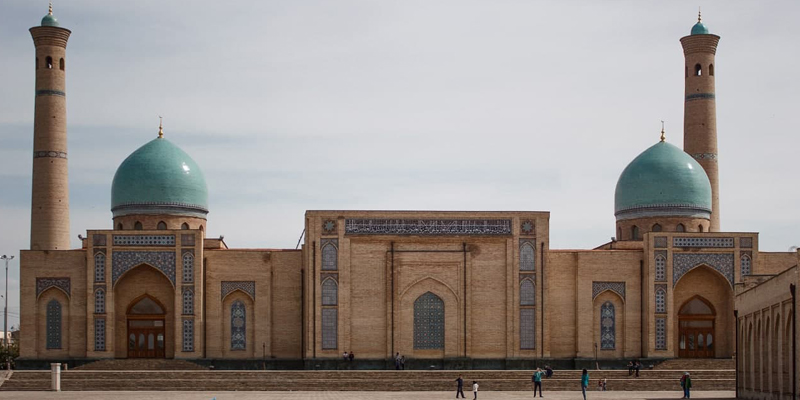Uzbekistan, located in Central Asia and in the center of the ancient Silk Road, is attracting more and more foreign travelers and tourists. Uzbekistan is a country of great opportunities, unique natural treasures and growing prospects. It is one of the richest countries in the world in terms of natural resources. Uzbekistan's greatest treasure, however, is its boundless spiritual legacy, deeply rooted craft traditions, agriculture and commerce.
Beautiful architectural monuments, famous mosques of Samarkand, Bukhara, Khiva and Tashkent have been known since ancient times. However, these are only a fraction of the sights of Uzbek cities that are on the Silk Road. Uzbekistan is home to Tamerlane, the legendary ruler of Orient and Central Asia, as well as such outstanding scholars, thinkers and philosophers of the Middle Ages as Avicenna, Al-Bukhariy, Navoi, Ulukbek, Beruniy, Nakshbandi and many others.
EAnother famous person who knew Uzbekistan well was Alexander the Great. His army stopped on the territory of Uzbekistan during the campaign to India. Alexander the Great founded at least 8 cities in Central Asia between 334 and 323 BC. Before China closed its borders around 138 BC. Opened for trade and the first caravans moved on the silk road. Between 484 and 1150 AD, the Huns and Turkish peoples came from the west and brought the new religion, Islam. Many mosques and madrasas in Uzbek cities such as Samarkand, Bukhara and Khiva date from this period, as well as surviving witnesses of the Samanids. Most of these cities were destroyed during the invasion of Genghis Khan in 1220. Amir Timur, also known as Tamerlane, restored famous cities with the help of slaves and artists whom he captured on his numerous conquest campaigns. Timur subjugated Persia, conquered Baghdad and led expeditions to Anatolia and India.
Many famous travelers and historians from Europe, Arabia, Persia, China, India, the Caucasus and Mongolia have visited this great cultural and commercial center. Thanks to the records of Marco Polo, the fame of Uzbek cities spread to the west.


